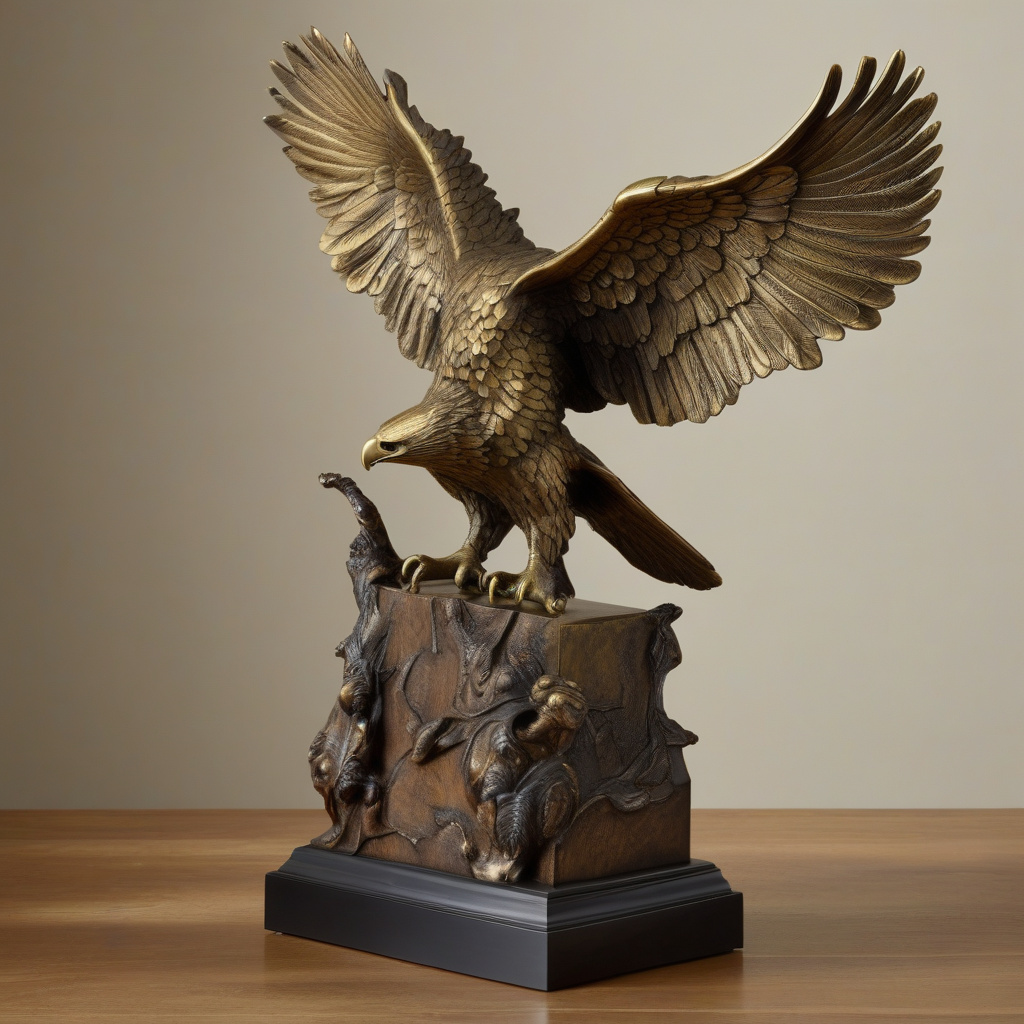Rare 18th Century Brass Eagle Linked to Poland’s Fight for Freedom Found
The Lublin Voivodeship Conservator of Monuments has announced a remarkable discovery, i.e., a mysterious and rare 18th-century brass eagle that is believed to be linked to Poland’s historic fight for freedom. Unearthed during routine excavations in the town of Zamosc, this significant find has ignited a wave of excitement among historians and archeologists alike.
The brass eagle, intricately designed with detailed feathers and outstretched wings, is a symbol deeply rooted in Polish history. During the 18th century, Poland faced a tumultuous period marked by invasions and partitions by neighboring powers. The eagle, a powerful emblem of strength and resilience, became synonymous with Poland’s enduring spirit and quest for independence.
Historical records indicate that eagles were often used in military regalia and national symbols during this era, representing courage and the unwavering pursuit of liberty. The discovery of this rare brass eagle in Zamosc not only sheds light on Poland’s rich past but also underscores the country’s relentless struggle for sovereignty.
Archaeologists and experts are now working tirelessly to unravel the secrets held by this remarkable artifact. Through meticulous analysis of its craftsmanship, materials, and historical context, researchers hope to gain valuable insights into the significance of the eagle and its connection to Poland’s fight for freedom.
The cultural and historical importance of this find cannot be overstated. As Poland continues to honor its heritage and commemorate the sacrifices of those who came before, the discovery of the brass eagle serves as a poignant reminder of the nation’s enduring legacy of resilience and determination.
In a world where history is often overlooked or forgotten, the unearthing of such a rare and symbolic artifact serves as a testament to the importance of preserving the past for future generations. The brass eagle from the 18th century stands as a tangible link to Poland’s turbulent yet transformative history, inspiring curiosity and reflection on the journey towards freedom and independence.
As researchers delve deeper into the mysteries surrounding this extraordinary discovery, one thing remains clear: the brass eagle represents more than just a historical artifact. It embodies the spirit of a nation that has faced countless challenges yet continues to soar with unwavering strength and pride.
In the heart of Zamosc, where the brass eagle was unearthed, echoes of the past reverberate through the cobblestone streets, carrying with them the stories of courage and perseverance that define Poland’s storied past. As the artifact undergoes further examination and preservation, it serves as a beacon of hope and resilience for a country that has never ceased to strive for freedom.
The discovery of the rare 18th-century brass eagle in Zamosc is a poignant reminder of Poland’s enduring spirit and its ongoing fight for freedom. As the artifact takes its rightful place in the annals of history, may it continue to inspire future generations to uphold the values of courage, independence, and unity that the eagle symbolizes.
heritage, Poland, freedom, discovery, resilience











